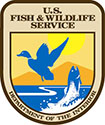Fish Passage and Ecohydraulics Research Group
Montana State University
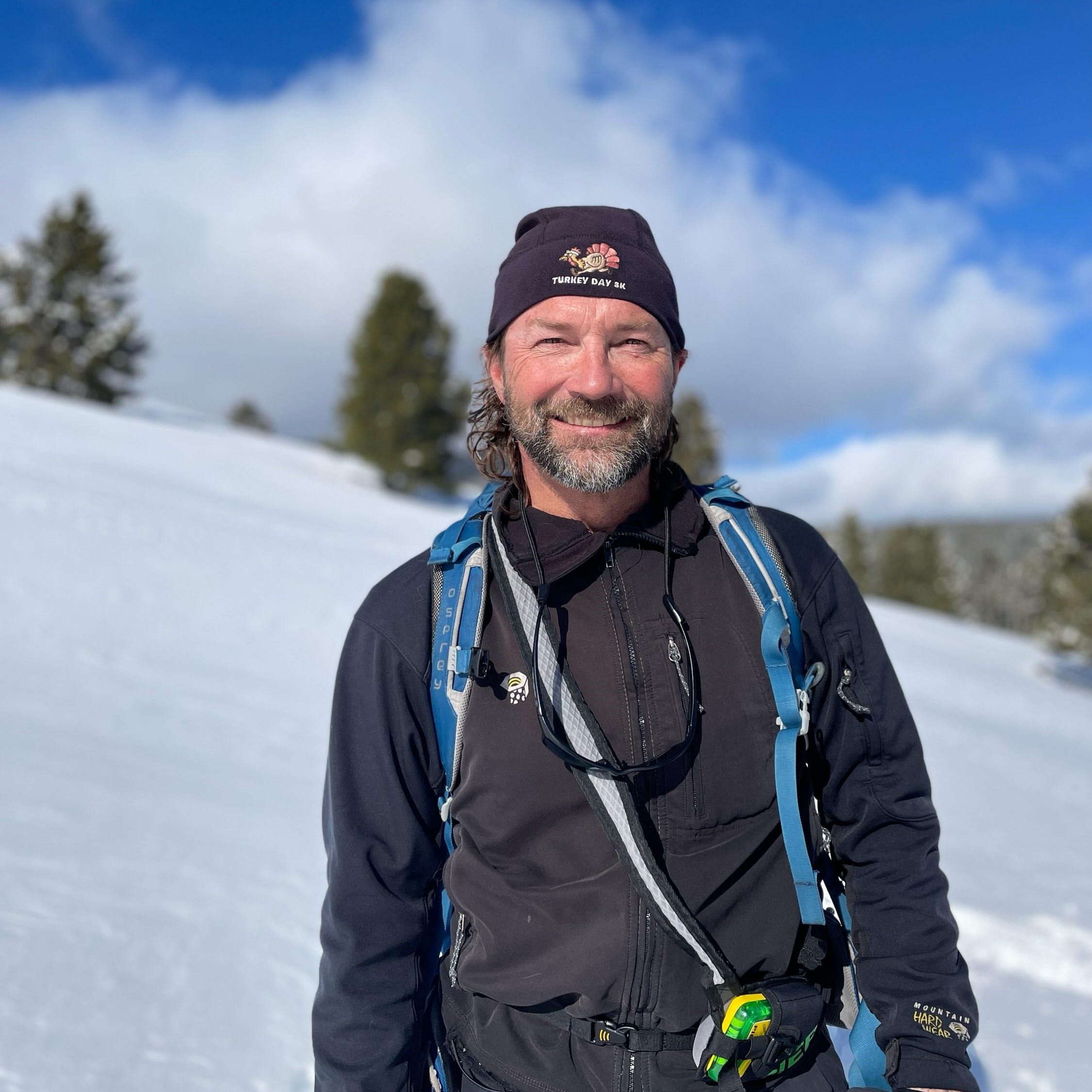
Matt Blank, PhD, PE
Assistant Research Professor, Civil Engineering Department
Research Scientist, Western Transportation Institute
Dr. Blank holds a B.S. (University of Wisconsin, ’94) in geological engineering, and a M.S. (MSU ’02) and Ph.D. (MSU ’08) in civil engineering. He has over 25 years of experience conducting both academic studies and consulting activities on water resources issues. He is currently a research scientist and assistant research professor at the Western Transportation Institute and the Civil Engineering Department at Montana State University, and does water resources consulting as a partner with Restoration Engineering, LLC, a private consulting firm. He is co-principal investigator of a fish passage and swimming research facility formed through a partnership with the United States Fish and Wildlife Service, and has been investigating fish passage and aquatic connectivity issues both in the lab and in rivers and streams for 20 years. He teaches applied fluid mechanics and water resources engineering at MSU. Through both research and consulting activities, Dr. Blank has been involved with the assessment, design, or review of over a hundred hydraulic structures in rivers and streams across the country and in Canada. This work spans the range of structures from small culverts on gravel roads, to irrigation diversions, to large hydropower dams on major rivers.
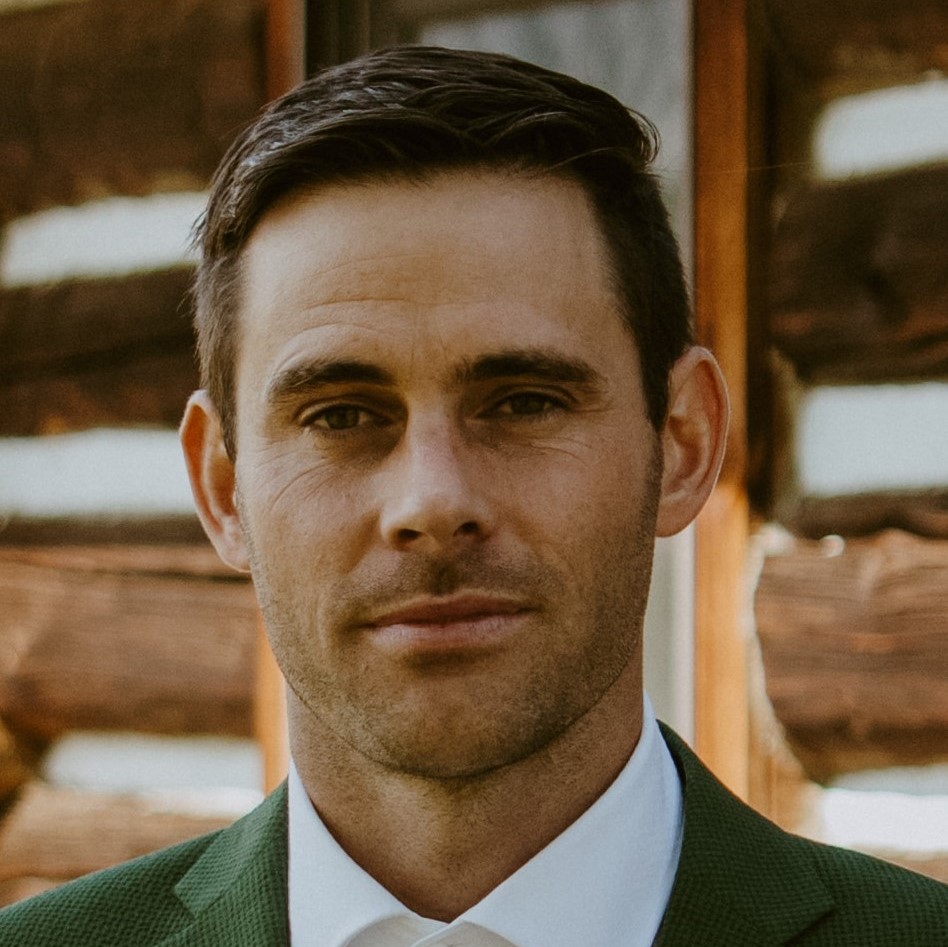
David Dockery
Research Biologist, Wild Rivers Consulting
David Dockery holds a B.S. in Ecology (Montana State University 2010) and a M.S. (Montana State University 2015) in Fish and Wildlife Management. His masters research focused on the swimming abilities of longnose dace and sauger and developing predictive models to assess passage probabilities of fish passage structures. David started a consulting business, Wild Rivers Consulting LLC, in 2016 and has worked on a variety of fish passage and swimming studies as well as research on pallid sturgeon larval development, spiny soft shell turtle population structures, and has developed and implemented a water quality monitoring program on the Big Hole river in Southwest Montana.
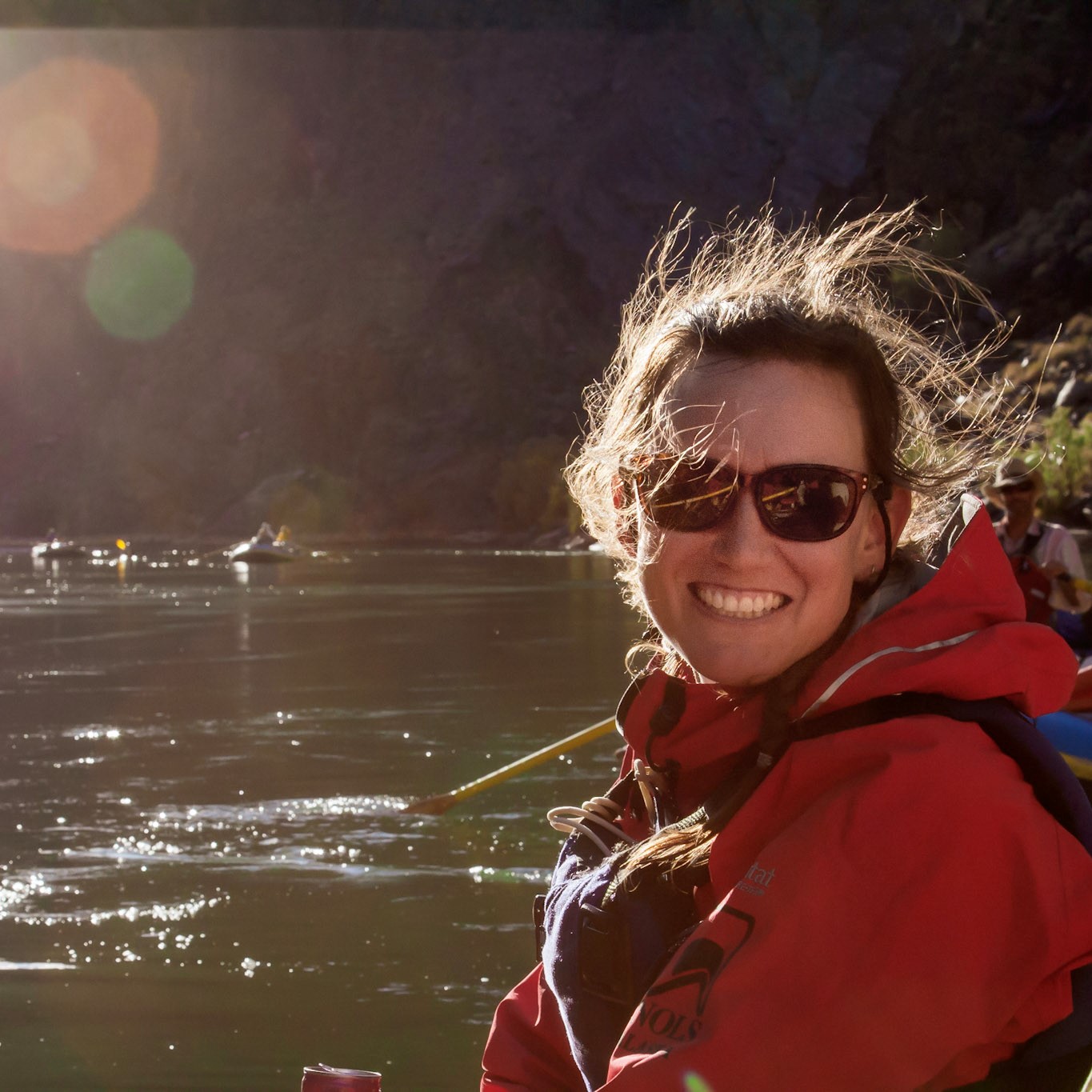
Katey Plymesser, PhD, PE
Dr. Plymesser hold a B.S. (Case Western Reserve University ’01) and Ph.D. (MSU ’14) degrees in Civil Engineering. She began her academic career at Montana State University – Billings with a teaching and research tenure-track appointment. Dr. Plymesser joined the Civil Engineering Department at Montana State University in 2016. Her research is focused in ecohydraulics and fish passage with a particular fondness for the application of hydraulic and fluid dynamic models to answer research questions in natural settings. She has worked with the US Fish and Wildlife Service (USFWS) both in Bozeman and at the Region 5 Headquarters in Amherst, MA on fish passage research projects and practical applications and assessments that culminated in the creation of a passage model for American shad in Steeppass (modified Denil) fishways. Her work has been financially supported by the DOE through the Hydro Research Foundation and the USFWS. Dr. Plymesser currently teaches Engineering Mechanics, Statics and Fluid Dynamics. She has been engaging both undergraduate and graduate students in research since she began her own graduate work in 2008. Through her work with the Montana State University chapter of Engineers Without Borders she has been active in promoting student engagement and involvement.
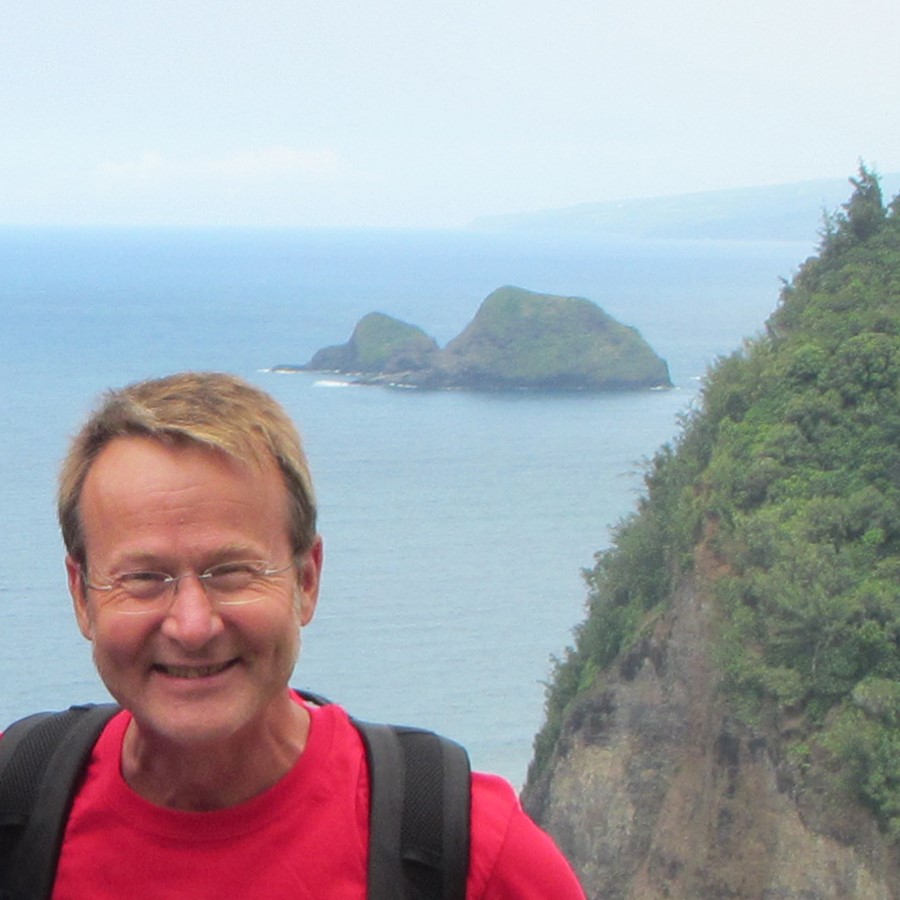
Al Zale, PhD
Professor, Department of Ecology
Unit Leader, USGS Montana Cooperative Fishery Research Unit
Dr. Zale received degrees in fisheries science from the University of Massachusetts-Amherst (BS), Virginia Tech (MS), and the University of Florida (PhD). He worked in Oklahoma before coming to MSU in 1994, where he leads, coordinates, and administers an applied fisheries research program addressing topics and issues of concern to the State of Montana and the U.S. Department of the Interior. His research interests are therefore wide ranging, including restoration of native fishes, fish entrainment and passage at irrigation diversions, thermal ecology, population dynamics and effects of nonnative fishes, and effects of land-use practices on fisheries. His earlier research focused on game fish management, fisheries in regulated rivers, whirling disease, and molluscs. He teaches a graduate course on the human dimensions of fish and wildlife management and is obsessive about technical writing.
U.S. Fish and Wildlife Service
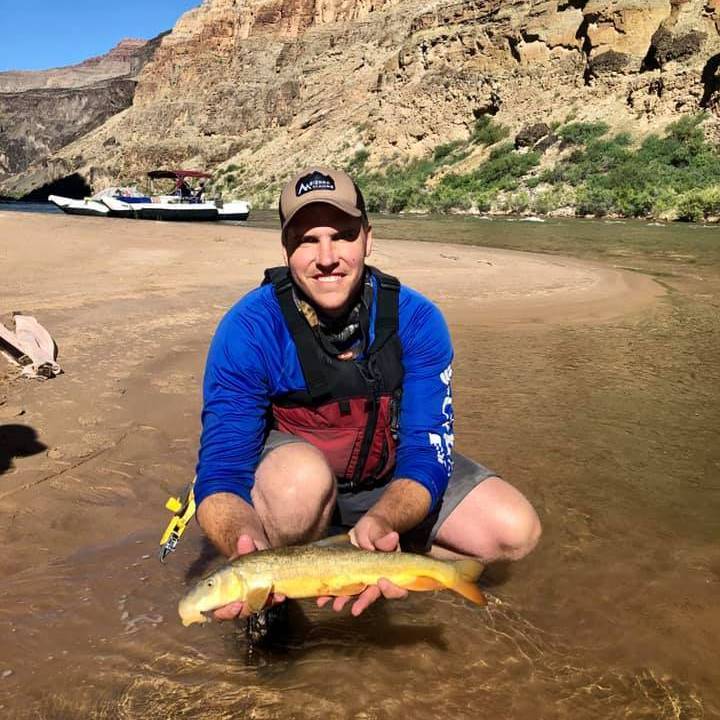
Nate Clifton, PE
USFWS Region 6 Fish Passage Engineer, Evanston, WY
Nate Clifton is a Fish Passage Engineer for the USFWS under the National Fish Passage Program. He has over 12 years of experience on water resources issues working for the USACE’s Engineering Research and Development Center as a Research Hydraulic Engineer, US Bureau of Reclamation’s Upper Colorado Basin as their Regional Science Officer, and now fish passage design and review for USFWS. He has a B.S. in Civil Engineering at Mississippi State University (2009), M.S. in Water Resources Engineering at Mississippi State University (2011) and spent a year doing research and coursework in Riverine and Sedimentation Engineering at Colorado State University (2016-2017) with the USACE’s long term training program. His work has spanned from doing numerical/physical modeling of hydraulic and sedimentation issues on the nations largest rivers to designing fish passage/barrier structures on some of the nation’s smallest creeks.
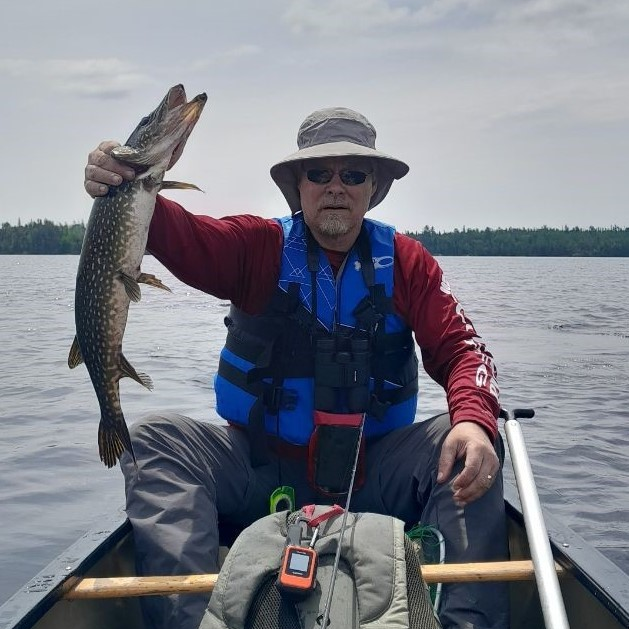
Kevin Johnson
Mountain-Prarie Regional Fish Passage Coordinator
Kevin M. Johnson is the Mountain-Prairie Regional Fish Passage coordinator for the National Fish Passage Program. Kevin has over 30 years professional experience working on cross-disciplinary resource management issues across the West, including refuge and public lands management, endangered species recovery, conservation planning assistance, and environmental contaminants. He comes to this position with a background in the application of the Strategic Habitat Conservation framework, a commitment to forge effective partnership of conservation practitioners, and to the development of scientific capacity to support realization of shared conservation objectives. He holds both Bachelors and Masters Degrees in Fish and Wildlife Management from Montana State University.
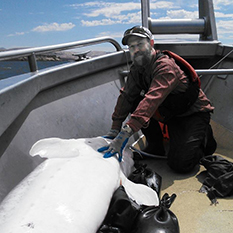
Kevin Kappenman
Research Fishery Biologist, Bozeman Fish Technology Center
Kevin Kappenman is a Research Biologist for the USFWS and will serve as co- investigator and the primary point of contact for the USFWS. He will be responsible for coordinating the use of BFTC physical resources and staff involved in the project, the BFTC budget, and will assist with design of the flume, infrastructure retrofitting process of Denil ladders, review of fish collection permits, health testing requirements, transportation, holding methods, and fish swimming experiments. He is a fishery professional with nearly 30 years of research experience and has published numerous peer reviewed articles and reports. In his position with the USFWS (11 years) his focus is on restoration efforts for sensitive, threatened, and endangered species. He has been involved in a variety of projects promoting native fish passage on small streams and rivers in Montana and as a Research Biologist for the USGS and Columbia River Inter-tribal Fish Commission where he addressed passage concerns on mainstem dams in the Columbia River Basin including work with salmonids, lamprey, and sturgeon.
Graduate Students
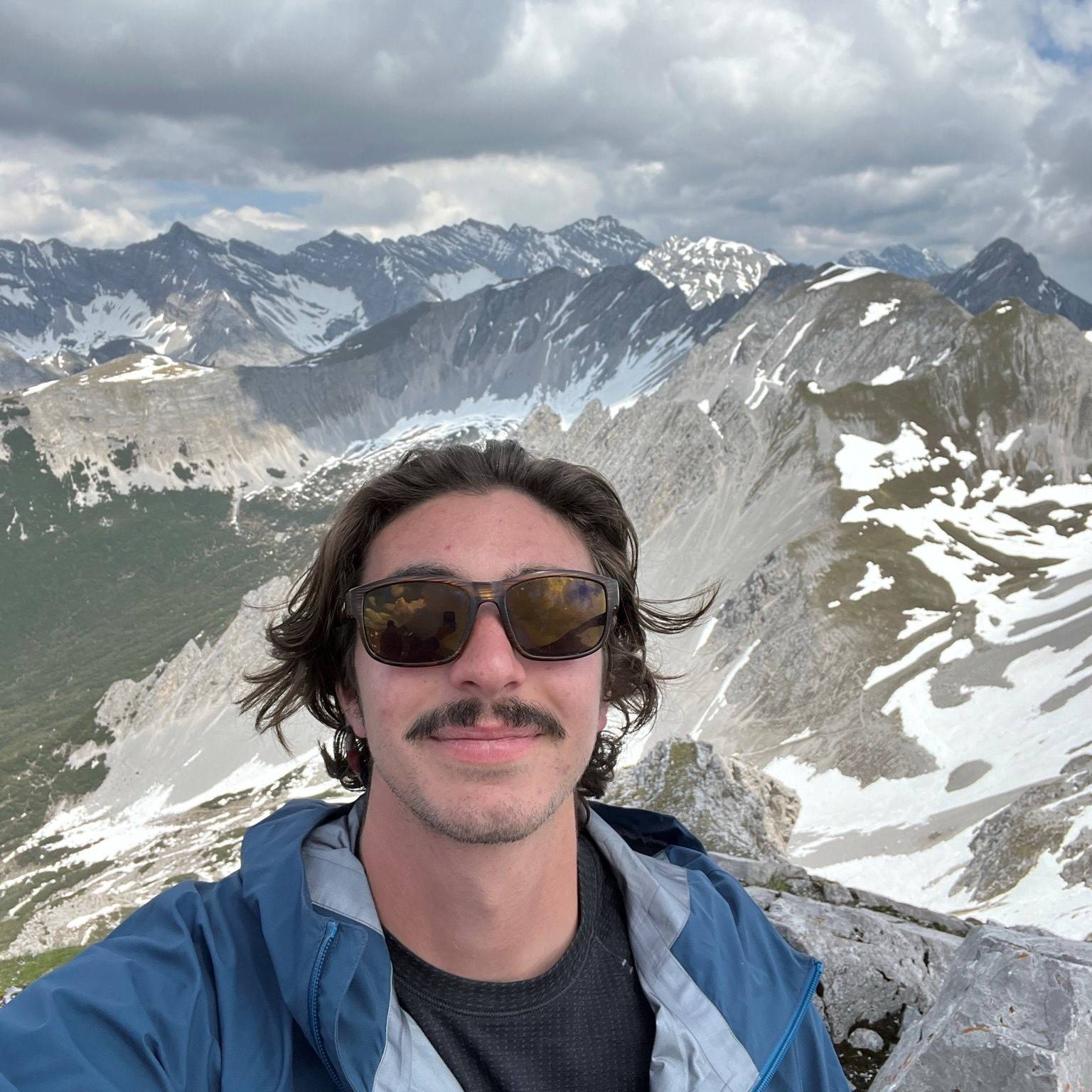
Anthony Bruno
Anthony was born and raised in Reno, Nevada before moving to Bozeman in 2019 to attend MSU. In the spring of 2023 he graduated with a B.S. in Civil Engineering and a minor in Water Resources.Anthony is continuing his education at MSU and pursuing master’s in Civil Engineering with a focus on Eco-hydraulics. Anthony will be researching fish passage of various native species over engineered rock ramp fishways. In his free time Anthony enjoys getting outside and exploring the mountains and streams of the Wild West.
Research Committee: TBD

Sam Curtis
Sam originates from Madison, Wisconsin and recently finished his undergraduate degree in civil engineering at Montana State University in the spring of 2023. Fall of 2023, he will begin pursuing a Master’s of Engineering in Civil Engineering with a focus in hydraulics and hydrology. While in graduate school he will the teaching assistant for the junior level water resources engineering class. When not in school, Sam spends his time hiking, fishing and rock climbing.
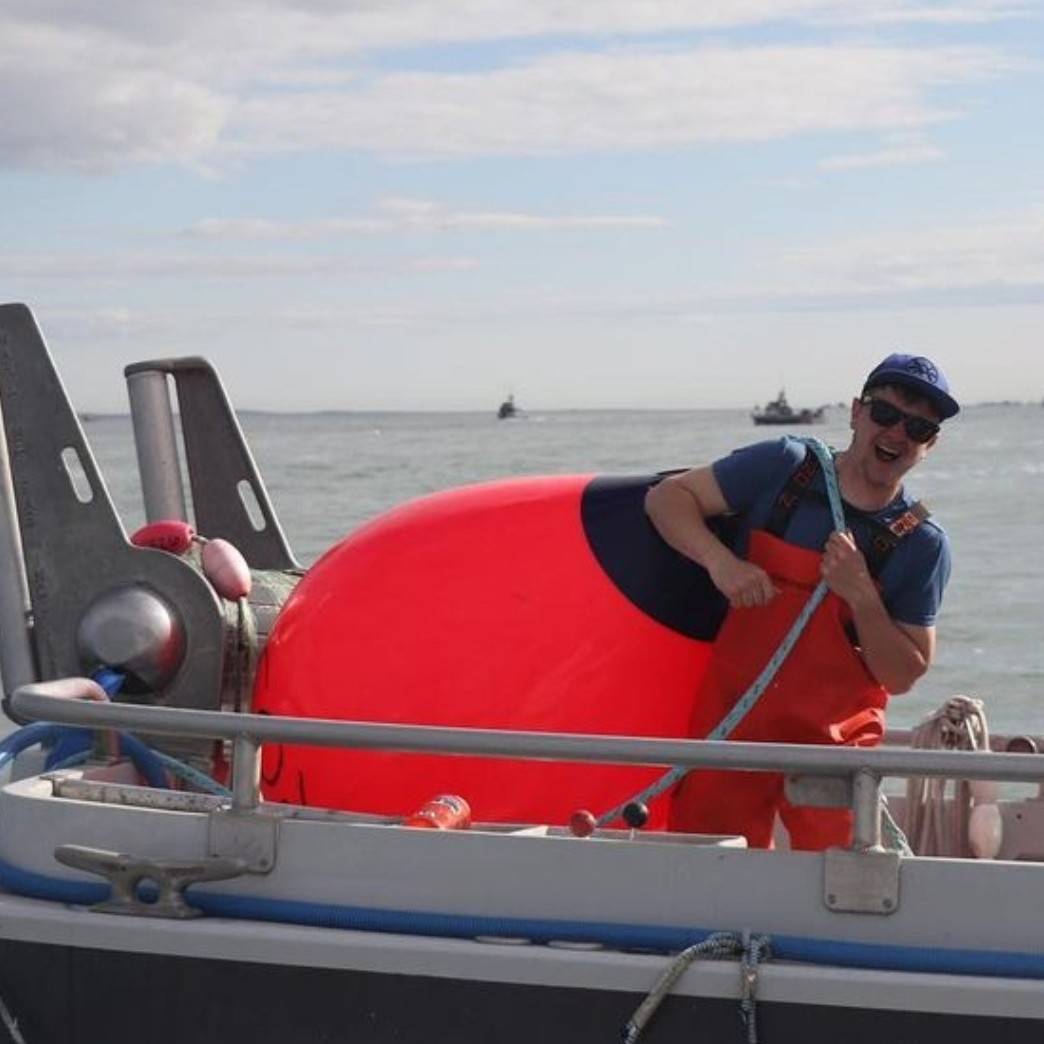
Tor Sather
Tor is from Kingston, Washington and graduated from MSU with a B.S. in Civil Engineering (2023). Tor is advancing his education to get a master’s degree in civil engineering with a focus in Eco-hydraulics. He will be a teaching assistant in the Engineering Mechanics Learning Center (EMLC). In his free time Tor likes to ski, climb, and mountain bike.

Jackson Scott
Jackson is from Spokane, Washington. He graduated from Montana State University in the spring of 2024 with a Bachelor of Science degree in Civil Engineering. Jackson will be furthering his education at MSU, working toward a Master of Science in Civil Engineering with a focus in Water Resources and Ecohydraulics. As a graduate student, Jackson will be a Teaching Assistant in the Engineering Mechanics Learning Center (EMLC) as well as creating Computational Fluid Dynamic models of engineered fish rock ramps for his research. Outside of school, Jackson spends his time hiking, skiing, playing disc golf, or anything else outdoors.
Undergraduate Students
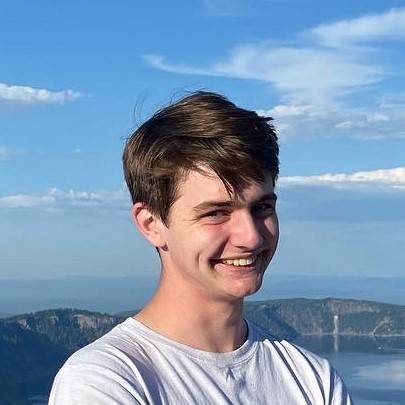
Cooper Cowan
Emeritus Fish Passage Team Members
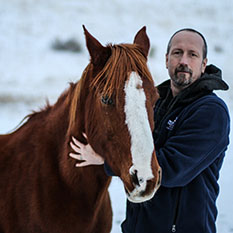
Joel Cahoon, PhD, PE
Professor, Civil Engineering Department
Montana State University
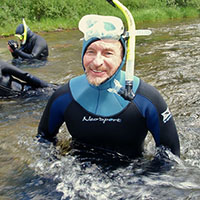
Tom McMahon, PhD
Professor, Department of Ecology
Montana State University

Bill Rice, PE
Fish Passage Coordinator, Regional Office, Lakewood, CO
U.S. Fish and Wildlife Service


